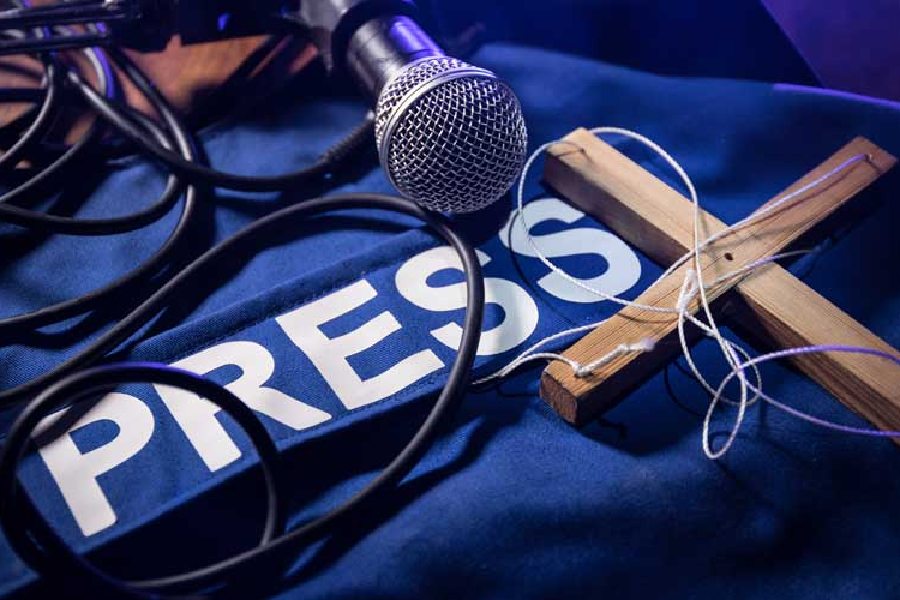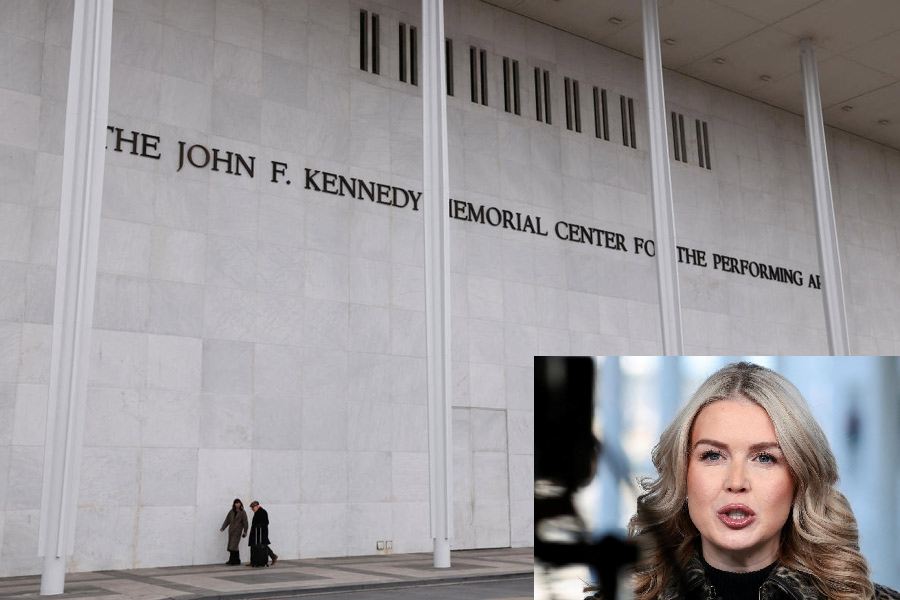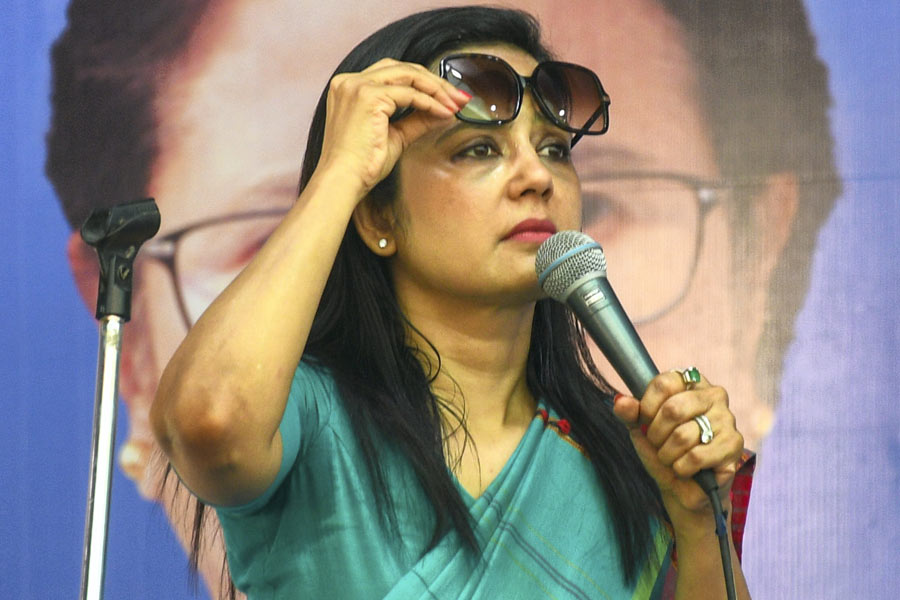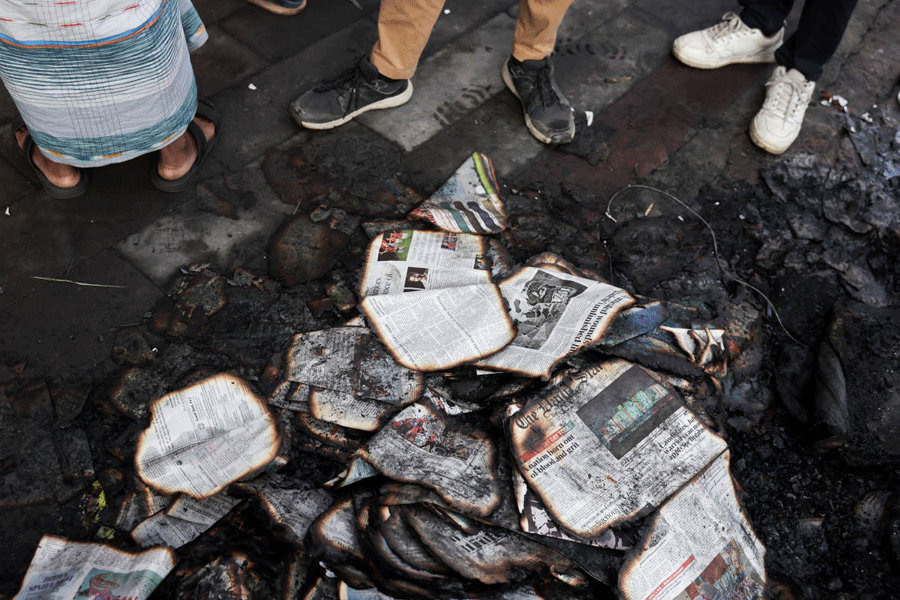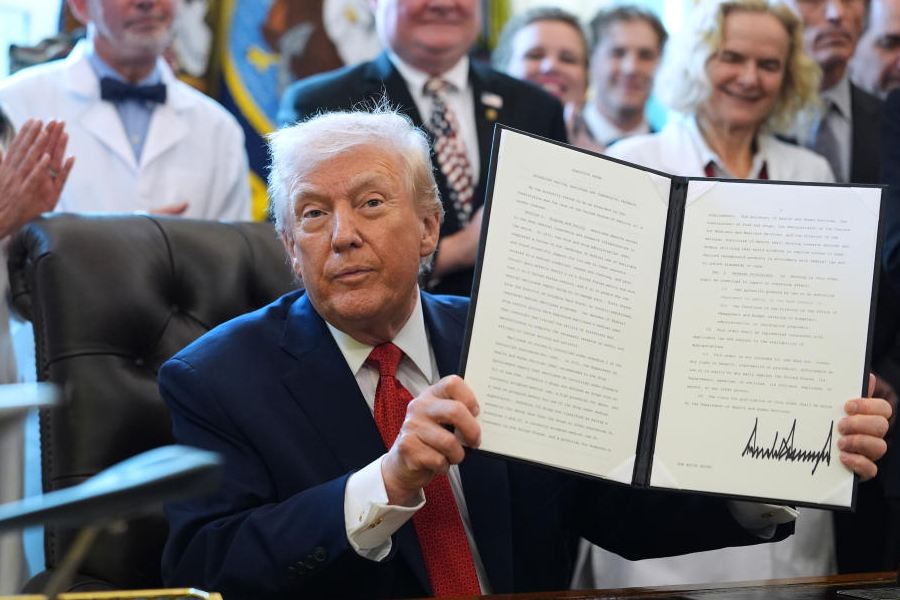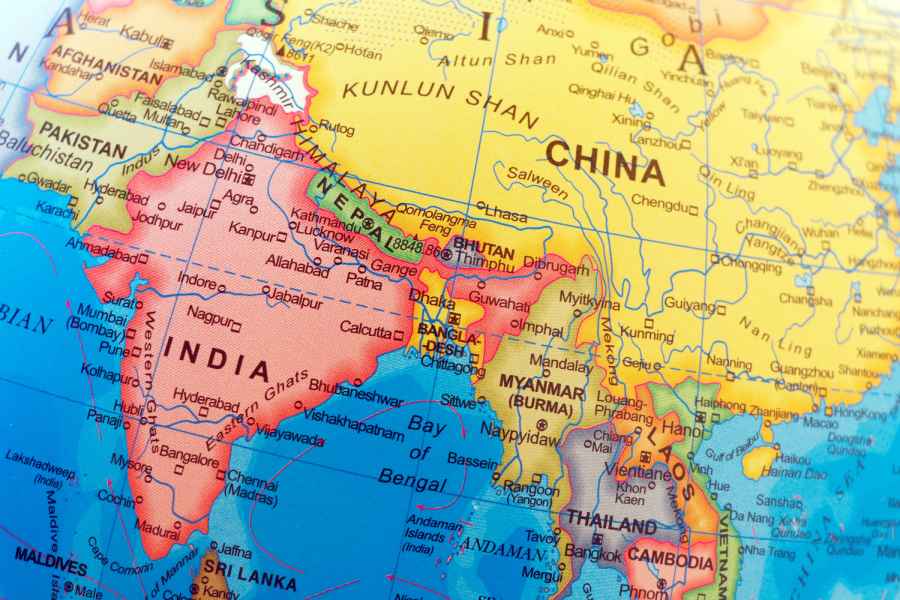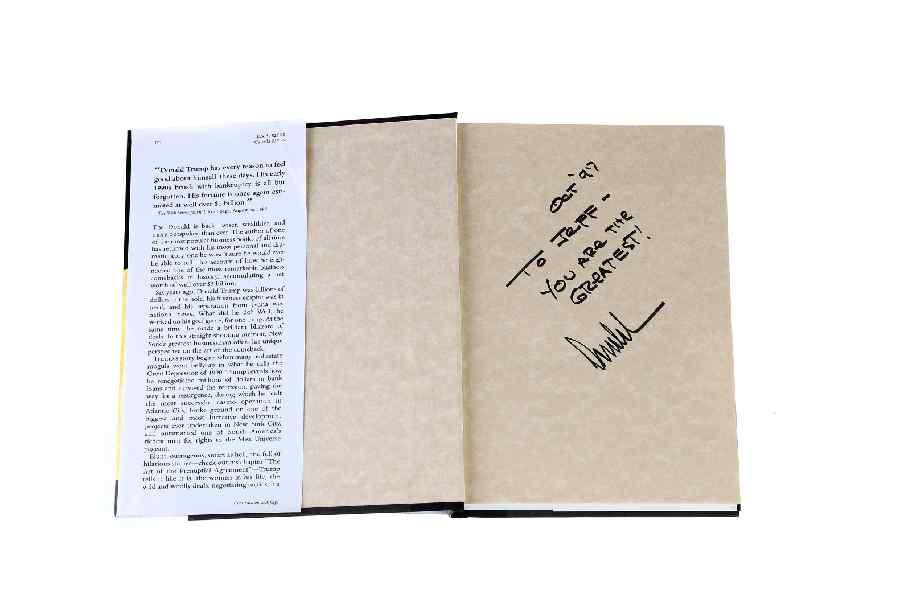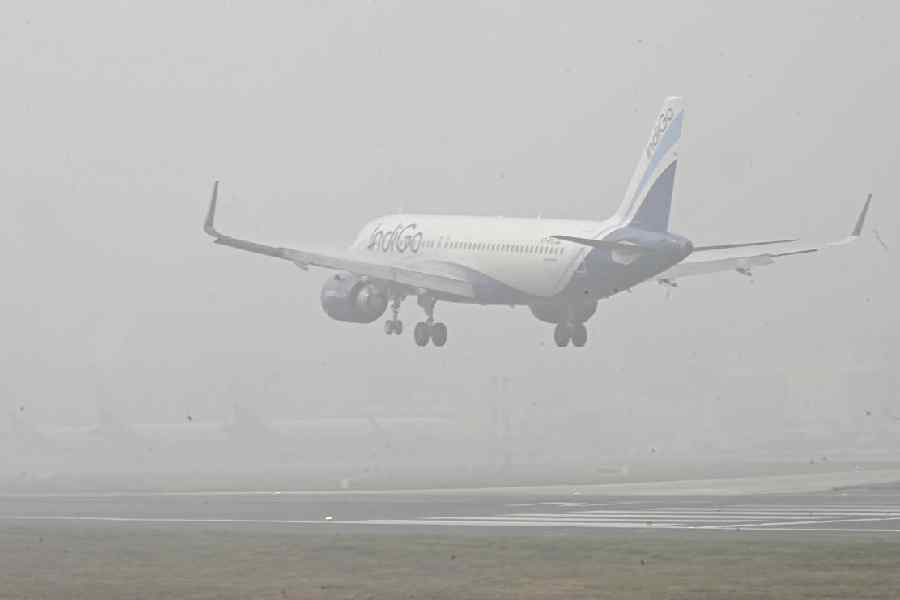India has risen to rank 151 from 159 on the Reporters sans Frontières’ (RSF) World Press Freedom Index, which evaluates 180 countries.
The non-government organisation RSF noted that the Adani group’s takeover of NDTV had “signalled the end of pluralism in the mainstream media”.
Despite the increase in rank, the RSF continues to rate India’s “press freedom situation” at the lowest category — “very serious” — similar to most South Asian countries.
Nepal and the Maldives are in higher categories. Sri Lanka at 139, Bangladesh 149 and Pakistan at 158 are also in the “very serious” category. No specific reason has been attributed to India’s meagre improvement.
The RSF’s note on India says: “India’s media has fallen into an ‘unofficial state of emergency’ since Narendra Modi came to power in 2014 and engineered a spectacular rapprochement between his party, the BJP, and the big families dominating the media. Reliance Industries group’s magnate Mukesh Ambani, a close friend of the prime minister, owns more than 70 media outlets that are followed by at least 800 million Indians. The NDTV channel’s acquisition at the end of 2022 by Gautam Adani, a tycoon who is also close to Modi, signalled the end of pluralism in the mainstream media.
“Recent years have also seen the rise of ‘Godi media’ (a play on Modi’s name and the word for ‘lapdogs’) — media outlets that mix populism and pro-BJP propaganda. Through pressure and influence, the Indian model of a pluralist press is being called into question. The prime minister does not hold press conferences, grants interviews only to journalists who are favourable to him, and is highly critical of those who do not show allegiance. Indian journalists who are very critical of the government are subjected to harassment campaigns by BJP-backed trolls.”
The note adds: “The main Opposition party, the Indian National Congress, and other regional parties have also used legal provisions against journalists for intimidation purposes and as retaliation. Modi has introduced several new laws that give the government extraordinary power to control the media, censor news and silence critics, including the 2023 Telecommunications Act, the 2023 draft Broadcasting Services (Regulation) Bill, and the 2023 Digital Personal Data Protection Act.”
The RSF has listed one journalist killed and three in jail in India since January 1.
The group says in its analysis of the Asia Pacific region: “In several countries, the concentration of media ownership in the hands of political magnates threatens media plurality. In India (151), Indonesia (127) and Malaysia (88), a handful of politically connected conglomerates control most media groups. In Thailand (85), the major media groups maintain close ties with the military or royal elite, who directly influence their content. Similarly, in Mongolia (102), influential individuals from the business world, who are often close to those in power, own a dominant share of the media landscape and use it to promote their political and economic interests.”
In a written reply to the Rajya Sabha in 2021, the Centre said that it, “does not agree" with RSF's World Press Freedom Index due to" "(i) very low sample size, (ii) little or no weightage to fundamentals of democracy, (iii) adoption of a methodology which is questionable and non transparent, (iv) lack of clear definition of press freedom etc.”

